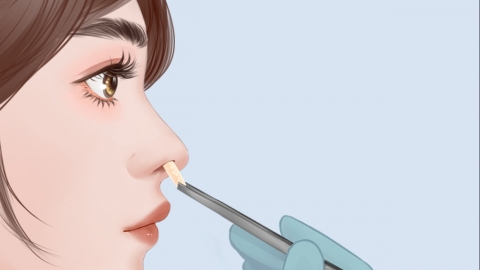What happens to the nose after undergoing Gore-Tex rhinoplasty as one ages?
Expanded polytetrafluoroethylene (ePTFE) rhinoplasty mainly involves implanting ePTFE material into the nose to alter its shape, making it appear higher or more proportionate. The general reference price for ePTFE rhinoplasty ranges from 8,000 to 20,000 yuan per session, with visible improvement typically occurring within one to three months. However, as one ages, there may be risks associated with material aging, displacement, increased infection probability, skin thinning, and absorption of the implant.

1. Material aging: Over time, the ePTFE material may gradually age, losing its flexibility and elasticity, becoming relatively brittle. It may harden or become fragile, affecting the tactile sensation and the natural appearance of the nose.
2. Risk of displacement: As one ages, skin and soft tissues tend to loosen, reducing the supporting force around the implant. This may cause the ePTFE implant to shift, altering the shape of the nose, such as causing a crooked nasal bridge.
3. Increased risk of infection: As the body's immunity declines with age, its ability to resist pathogens like bacteria weakens. Because ePTFE has a microporous structure that can harbor bacteria, the risk of infection may increase in later years, potentially causing inflammation such as redness and pain.
4. Skin thinning: Long-term implantation of ePTFE may continuously press against the nasal skin. As skin elasticity deteriorates with age, the pressure may cause the skin to gradually thin, and in some cases, the outline of the implant may become visible.
5. Absorption issues: In rare cases, the body may partially absorb the ePTFE material, causing the rhinoplasty effect to diminish over time. The nose may lose height and shape, resulting in a less ideal appearance compared to immediately after surgery, such as a lowered nasal bridge.
It is recommended to maintain proper postoperative care, keep the nose clean and hygienic, and avoid pressing or bumping the nose in daily life to protect its health.





